Origins and Development
The Martin-Baker ejection seat was developed by the British company Martin-Baker Aircraft Co. Ltd., founded by James Martin and Captain Valentine Baker. The origins of the ejection seat can be traced back to the late 1940s, following World War II, when aviation technology and aircraft speeds were advancing rapidly, making pilot safety increasingly critical.1. Early Challenges and Innovation: In the aftermath of World War II, the increasing speed and complexity of military aircraft presented new challenges for pilot safety. The need for an effective means of ejection became apparent as aircraft accidents occurred more frequently. James Martin, a former engineer and inventor, and Captain Valentine Baker, a test pilot, recognized the need for a reliable ejection system.
2. First Ejection Seats: The company developed its first ejection seat in 1946, which was a pioneering design using a combination of explosive charges and rocket propulsion to eject the pilot from the aircraft. The early models were experimental and underwent rigorous testing to refine the design and ensure reliability.
3. Significant Improvements: Throughout the 1950s and 1960s, Martin-Baker continued to improve the ejection seat design. The company incorporated advancements in technology and materials to enhance safety, comfort, and effectiveness. The ejection seats became more reliable and efficient, leading to their widespread adoption by the RAF and other air forces.
The Role of the Martin-Baker Ejection Seat in the RAF
The Martin-Baker ejection seat became an integral part of RAF aircraft, playing a crucial role in enhancing pilot safety and operational effectiveness. Key aspects of its use include:1. Adoption and Integration: The RAF began incorporating Martin-Baker ejection seats into its aircraft during the late 1950s. The seats were used in various aircraft, including the English Electric Lightning, the Hawker Hunter, and the Avro Vulcan. The integration of ejection seats into these aircraft marked a significant advancement in pilot safety.
2. Operational Use: The ejection seats proved invaluable in emergency situations, allowing pilots to escape from damaged or malfunctioning aircraft. The Martin-Baker ejection seat’s reliability and effectiveness were demonstrated in numerous incidents where pilots successfully ejected and survived.
3. Training and Procedures: The RAF developed comprehensive training programs and procedures for pilots to familiarize them with the ejection seat’s operation. Training included emergency drills and simulations to ensure pilots could use the ejection seat effectively in high-stress situations.
Impact and Legacy
The Martin-Baker ejection seat has had a profound impact on aviation safety and has left a lasting legacy within the RAF and beyond:1. Saving Lives: The ejection seat has saved thousands of lives since its introduction. Pilots who have had to eject from their aircraft have often credited the Martin-Baker ejection seat with their survival, highlighting its critical role in improving safety.
2. Global Adoption: Beyond the RAF, the Martin-Baker ejection seat has been adopted by air forces around the world. Its design and technology have influenced the development of ejection seats in various military aircraft, making it a standard feature in modern aviation.
3. Ongoing Innovation: Martin-Baker has continued to innovate and refine the ejection seat design over the decades. The company has developed new models with advanced features, such as improved seat ejection mechanisms, enhanced safety systems, and better comfort for pilots.
4. Recognition and Awards: The success and impact of the Martin-Baker ejection seat have been widely recognized within the aviation community. The seat has received numerous awards and accolades for its contribution to pilot safety and its role in advancing aviation technology.


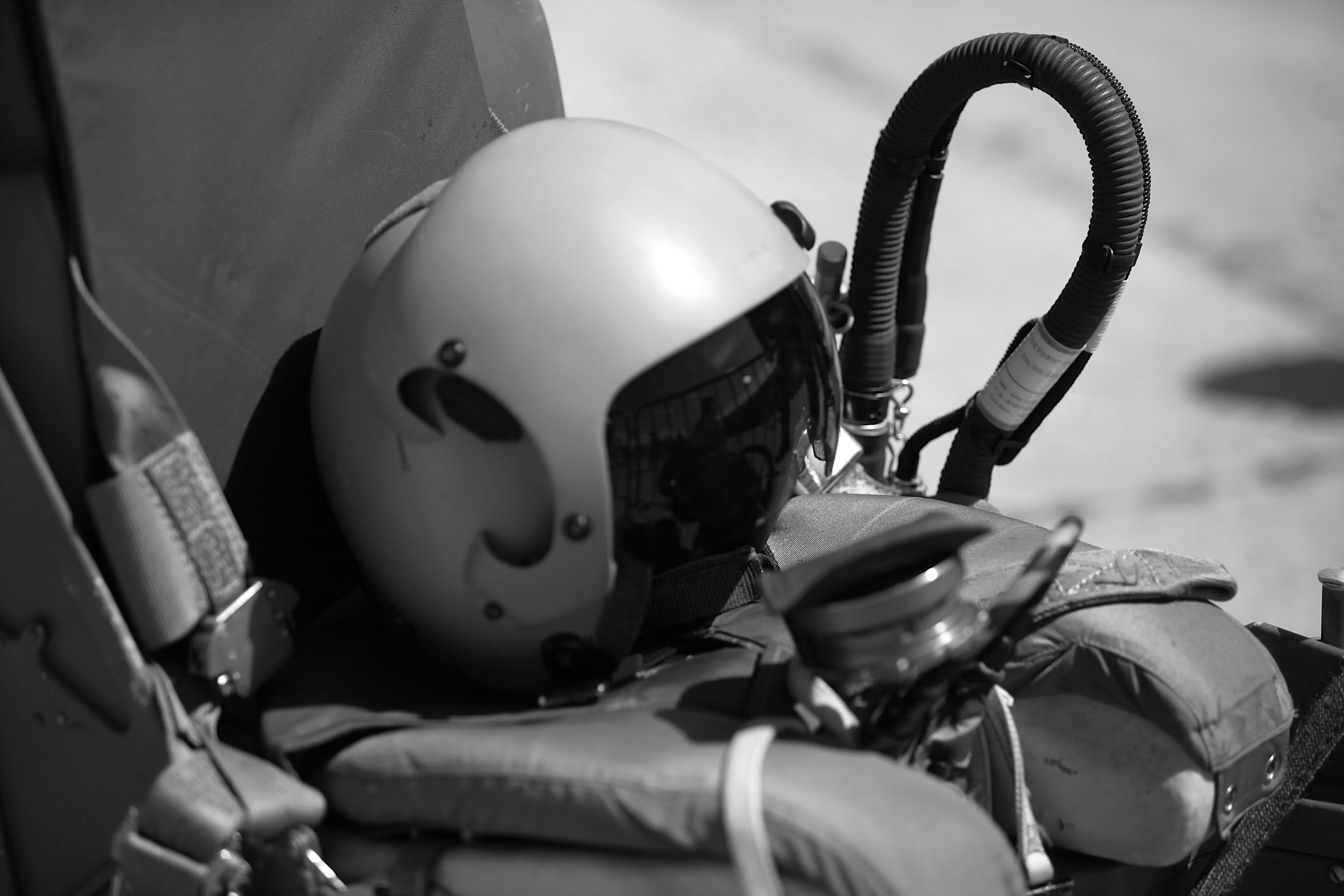
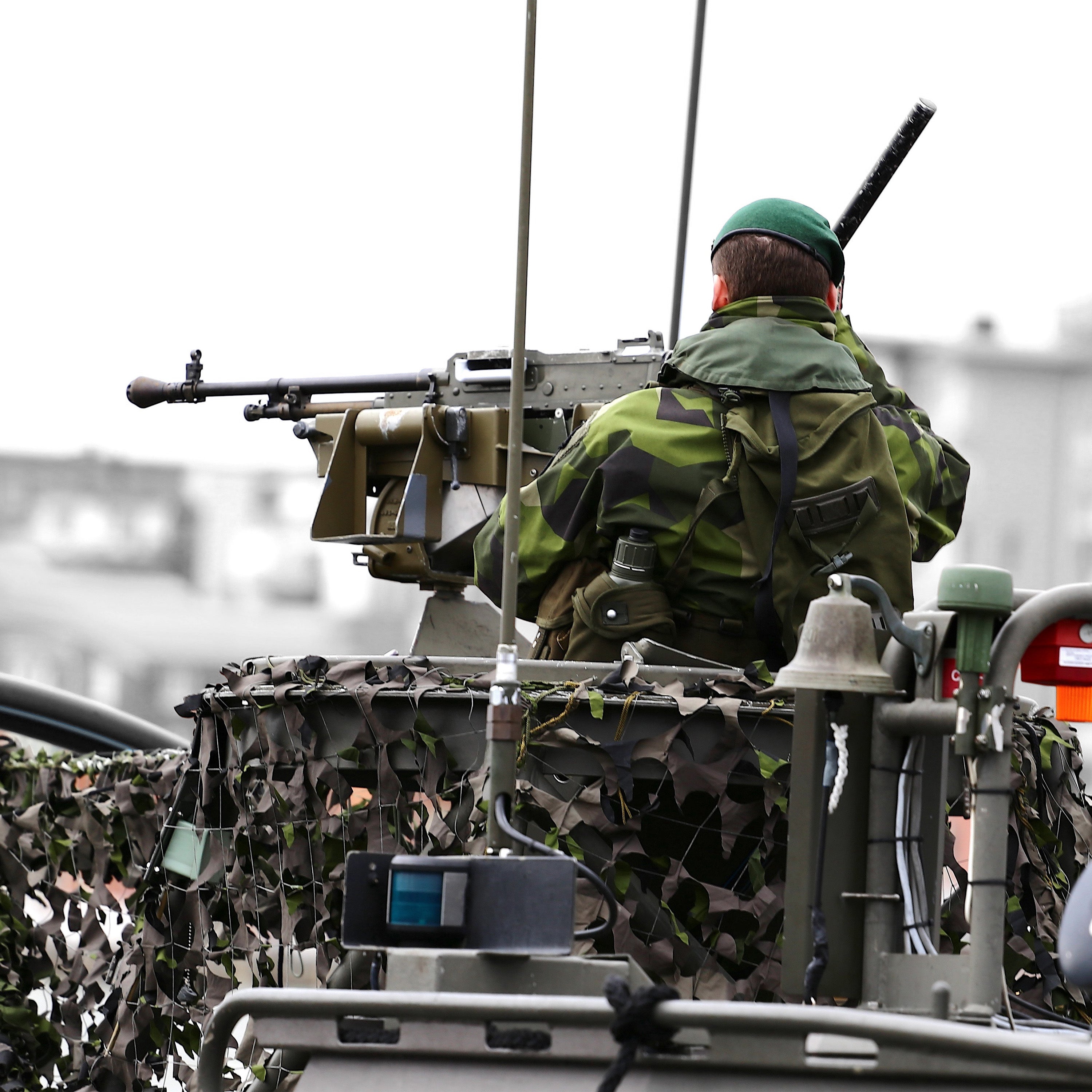
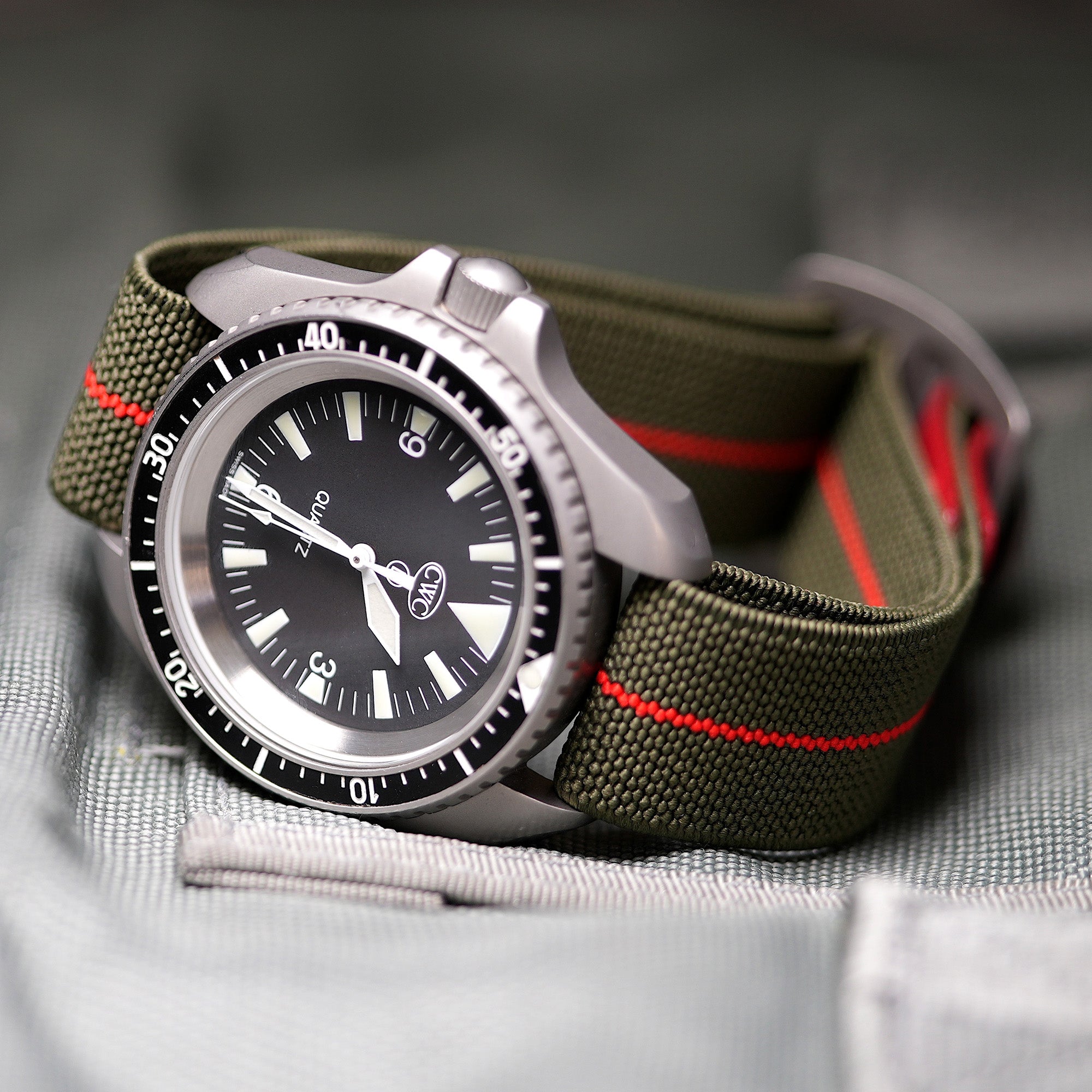
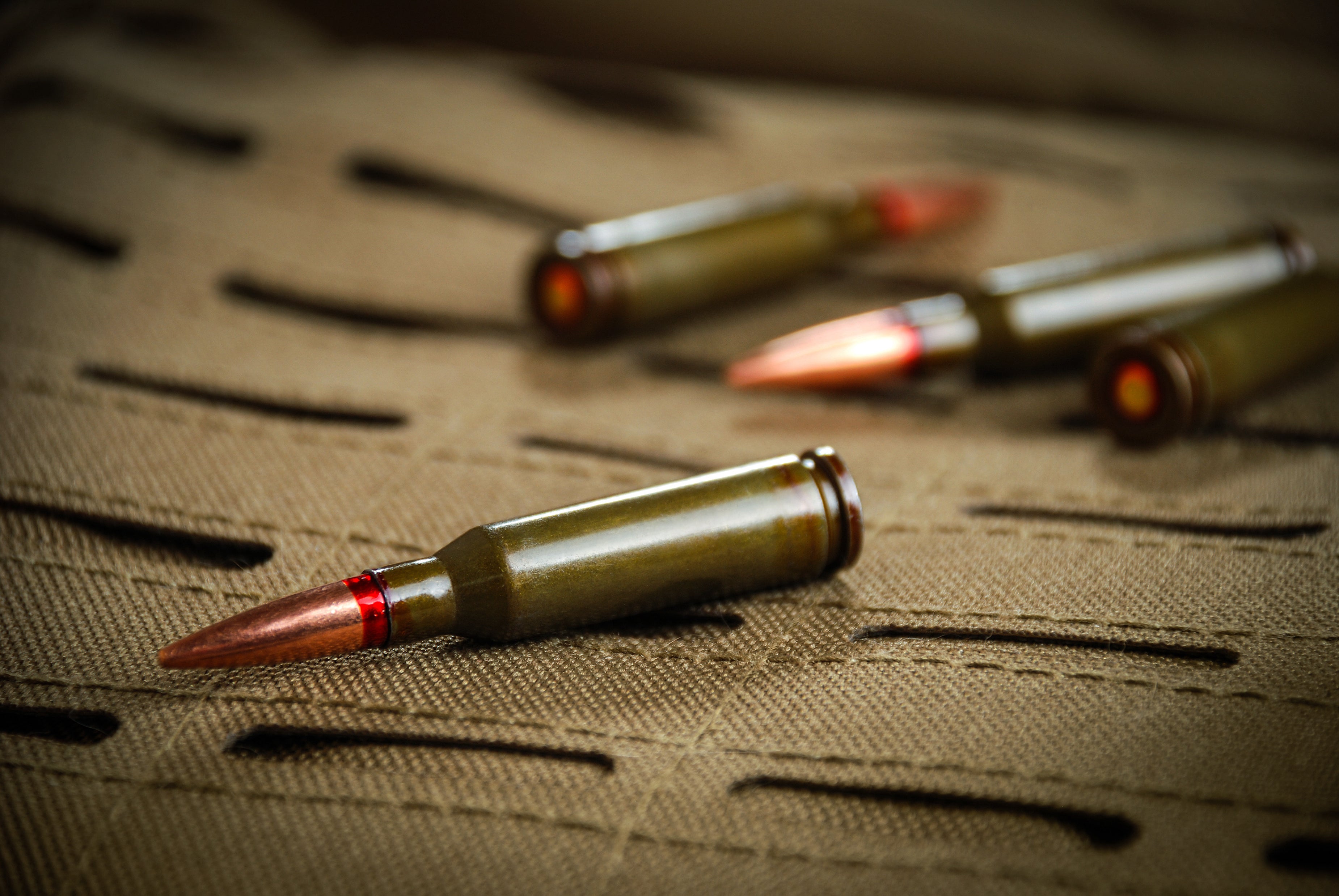
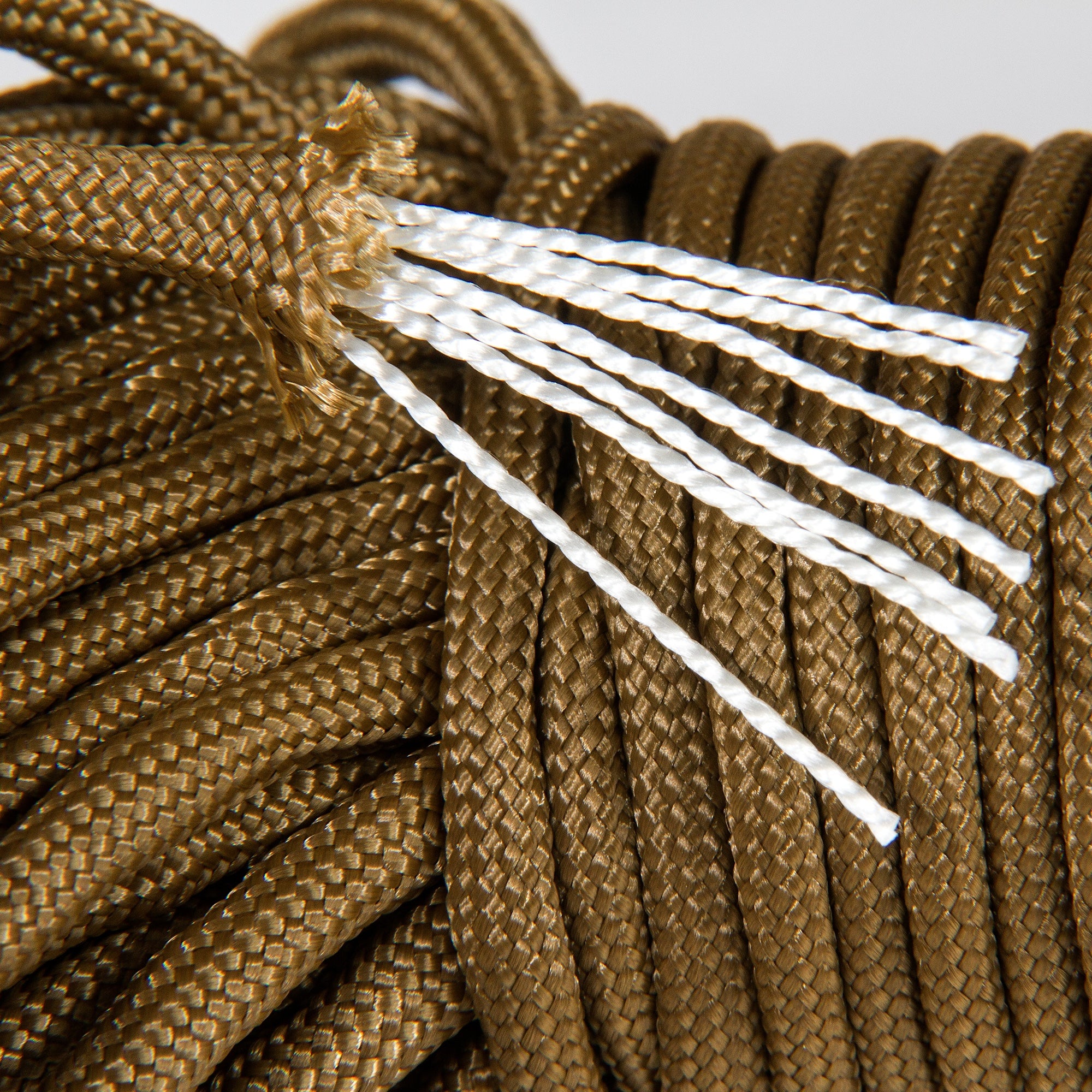
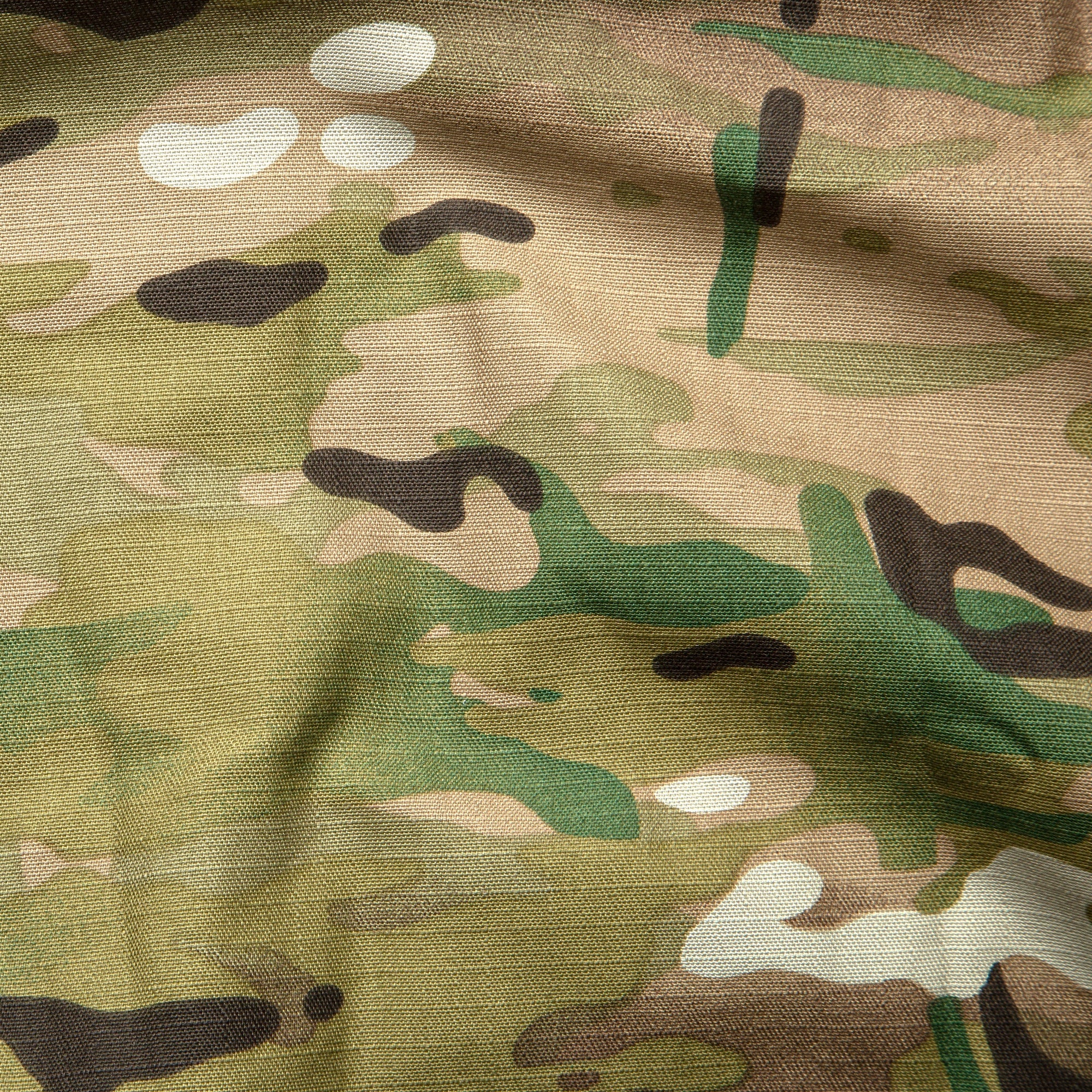

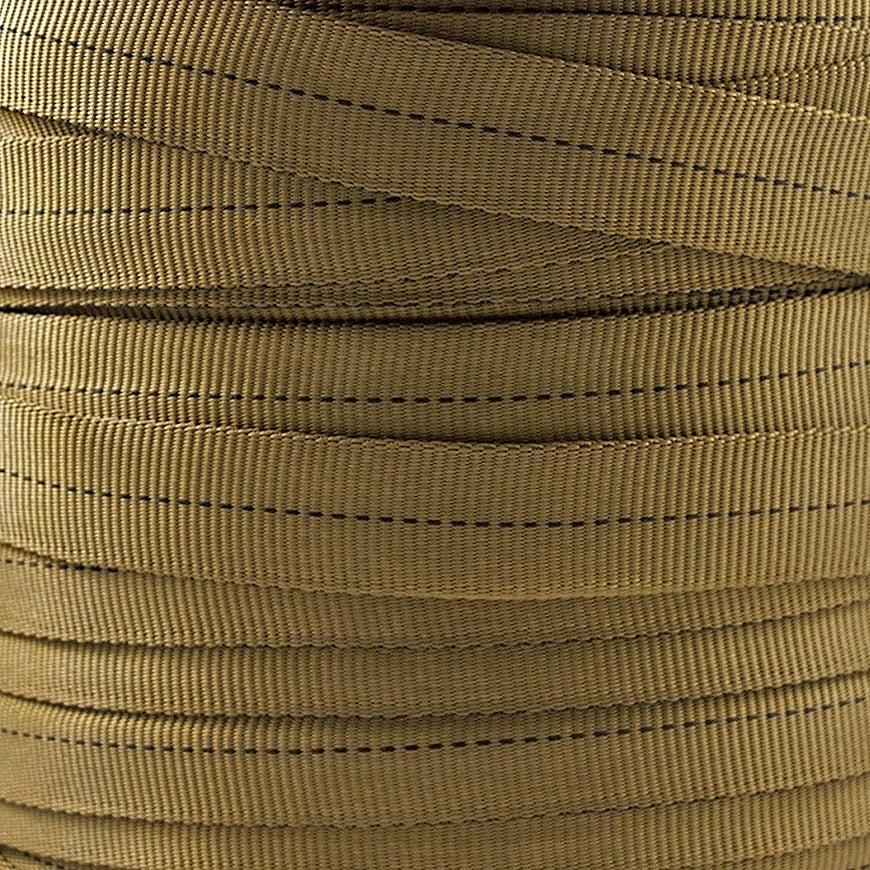


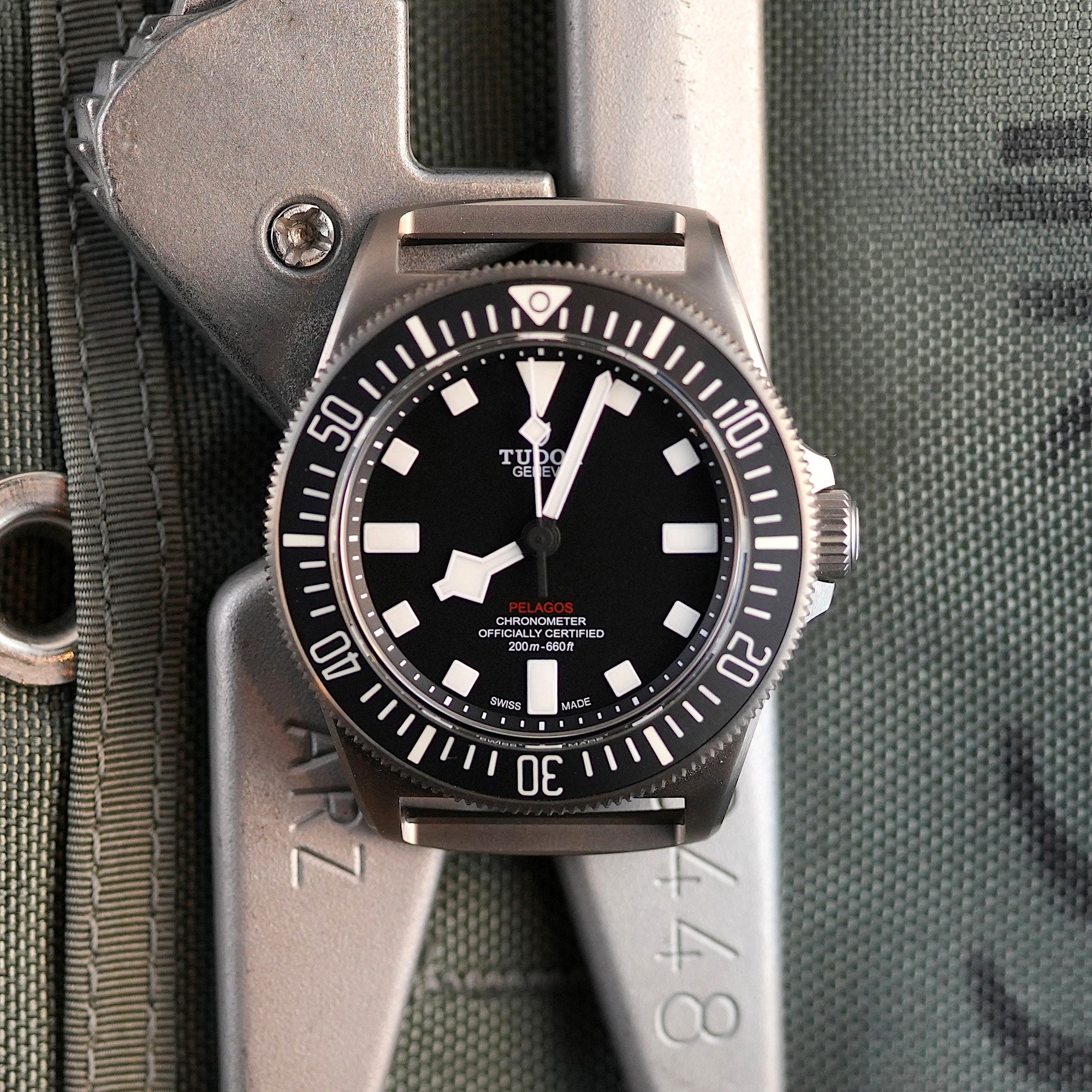
Share:
The Bell UH-1 "Huey" Helicopter: A Symbol of the Vietnam War
The Military Term “Zero Dark Thirty”: Meaning and Historical Context